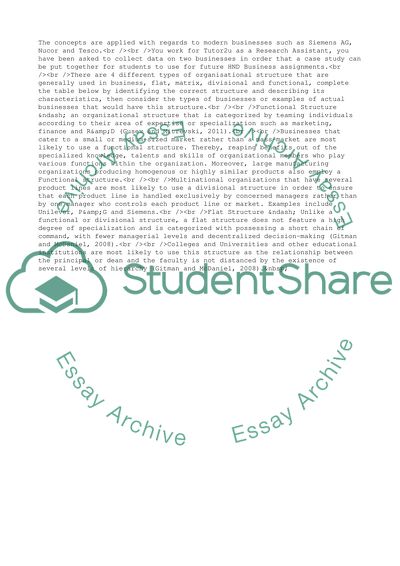Cite this document
(Assessing Specific Organizational Behaviour Concepts Assignment - 12, n.d.)
Assessing Specific Organizational Behaviour Concepts Assignment - 12. https://studentshare.org/management/1801702-organisational-behaviour
Assessing Specific Organizational Behaviour Concepts Assignment - 12. https://studentshare.org/management/1801702-organisational-behaviour
(Assessing Specific Organizational Behaviour Concepts Assignment - 12)
Assessing Specific Organizational Behaviour Concepts Assignment - 12. https://studentshare.org/management/1801702-organisational-behaviour.
Assessing Specific Organizational Behaviour Concepts Assignment - 12. https://studentshare.org/management/1801702-organisational-behaviour.
“Assessing Specific Organizational Behaviour Concepts Assignment - 12”. https://studentshare.org/management/1801702-organisational-behaviour.


